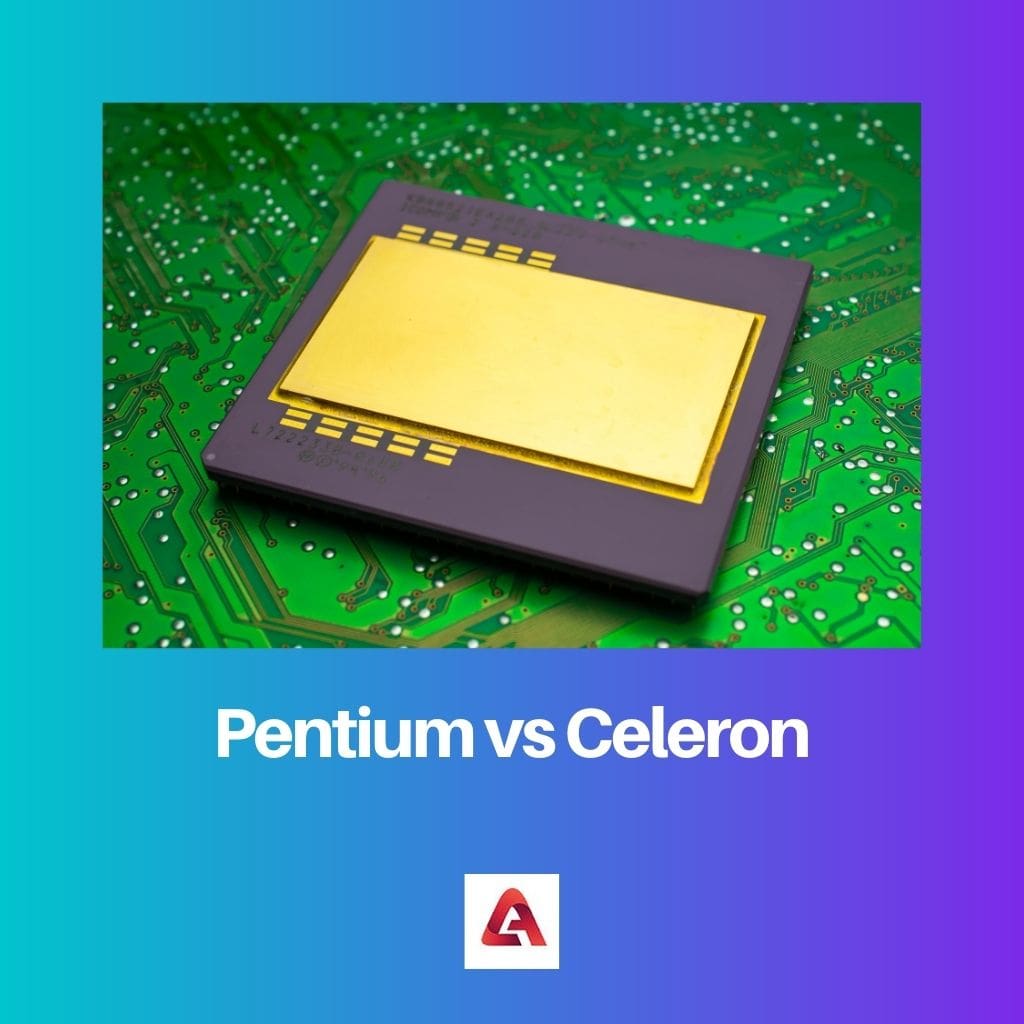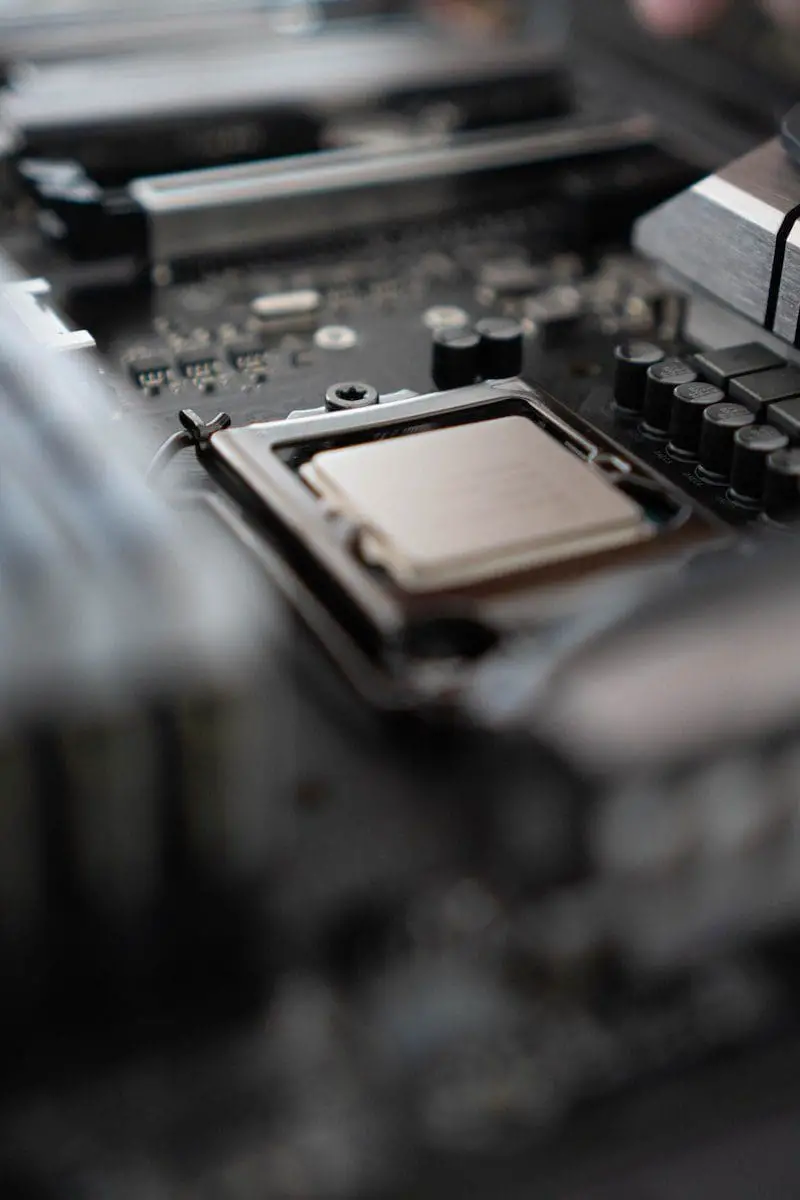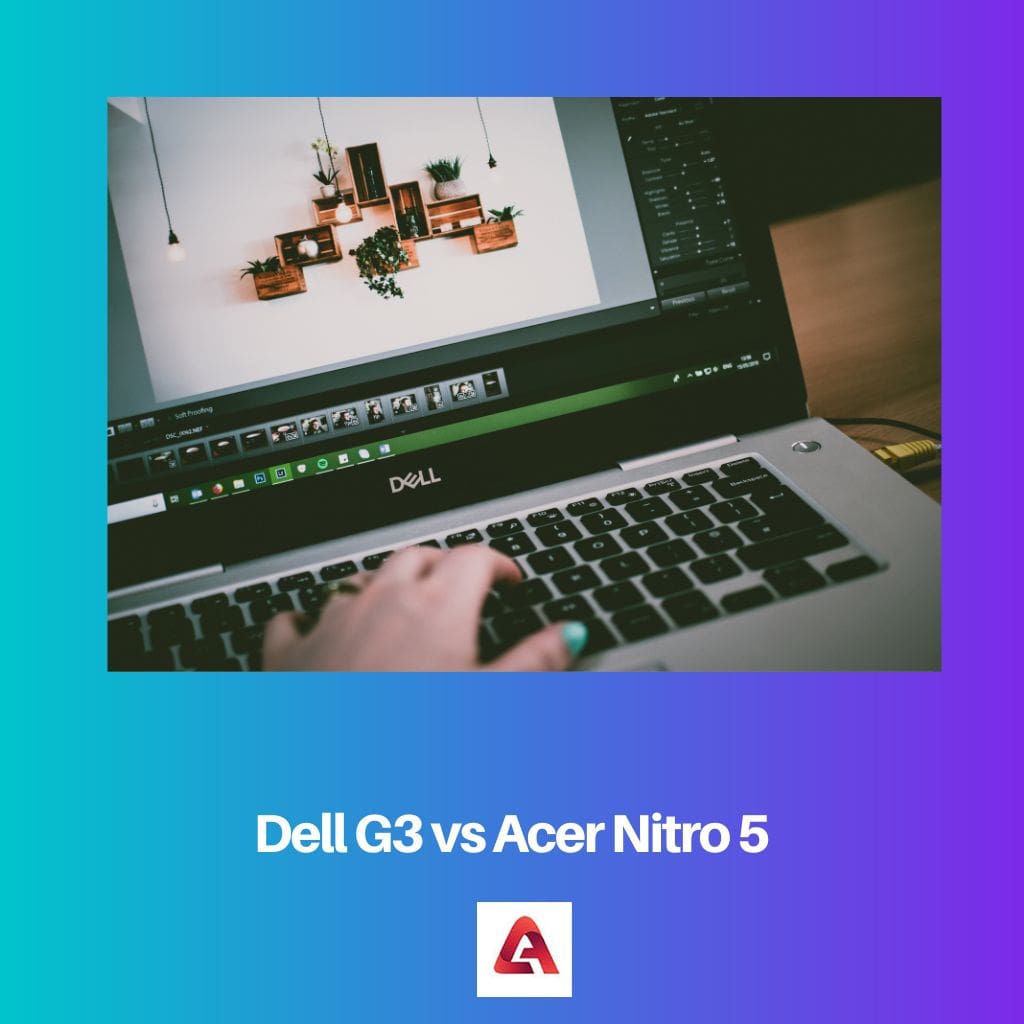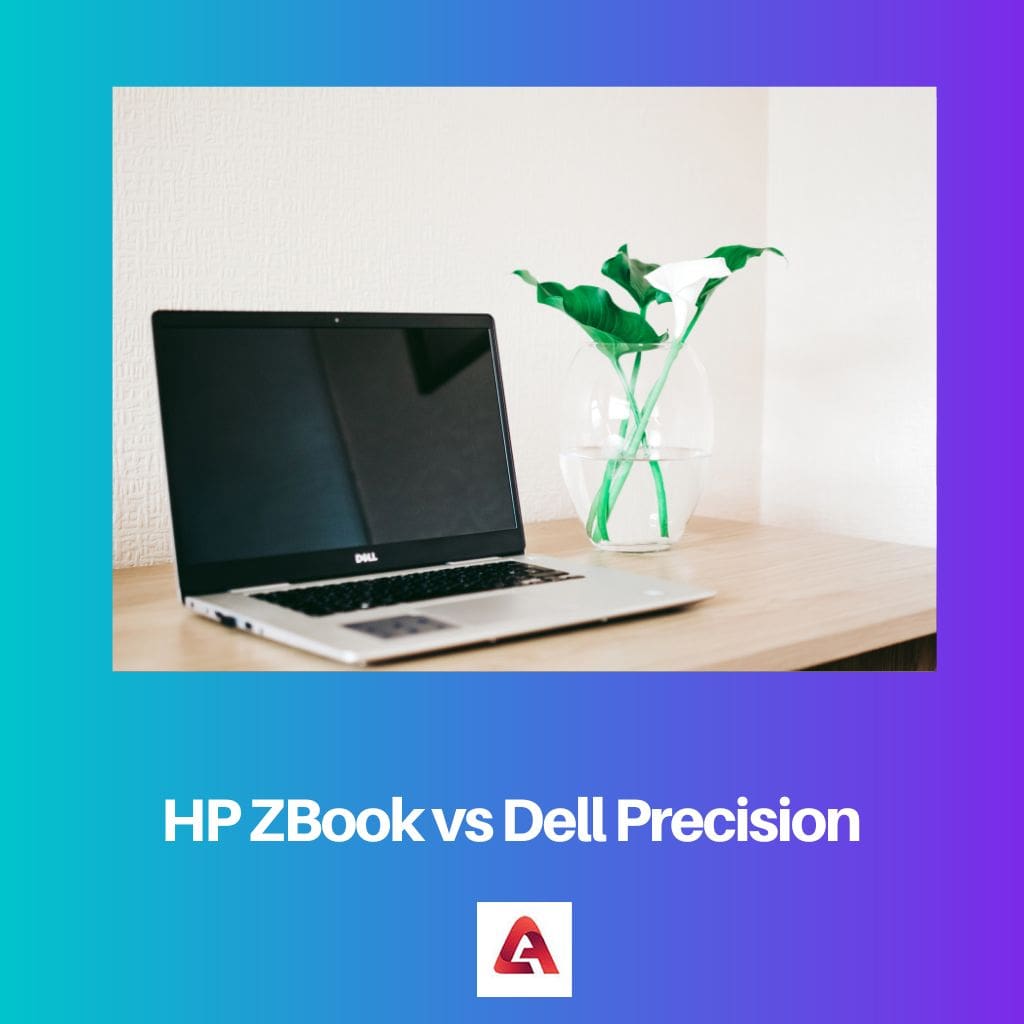Originally founded on July 18, 1968, intel is the world’s largest and most successful manufacturer of semiconductor computer circuits. In the last two decades, it has been one of the most successful companies in the microprocessors business.
A processor or microprocessor is a tiny computer chip whose basic job is to receive input and provide output, i.e. it performs all the calculations associated with computing.
Key Takeaways
- Pentium processors are a series of mid-range CPUs by Intel designed for general-purpose computing, offering a balance between performance and cost.
- Celeron processors are a series of budget CPUs by Intel, designed for basic computing tasks, with lower performance and cost than Pentium processors.
- Pentium and Celeron are Intel processors, but Pentium processors offer better performance for general-purpose computing, while Celeron processors are more affordable and designed for basic computing tasks.
Pentium vs Celeron
Pentium is an x86 microprocessor developed by Intel in 1993, which has a clock speed of 3.8 GHz and supports hyperthreading and multiprocessing. Celeron is a low-end microprocessor used on low budget computers which have a clock speed of 2.8Ghz and doesn’t support hyperthreading and multiprocessing.

Pentium is a microprocessor with four different versions, i.e. Pentium to Pentium 4, each more powerful than the last.
On the other hand, Celeron does not have many versions and is designed specifically for low-cost PCs.
Comparison Table
| Parameter of Comparison | Pentium | Celeron |
|---|---|---|
| Belong to which intel family | Pentium is part of a family of x86 microprocessors | Celeron is the Intel Family of low-end IA-32 and x86-64 chips |
| Clock speed | Pentium processor has the fastest clock speed of 3.8GHz | Celeron processor has the fastest clock speed of 2.8 GHz |
| multiprocessing and hyperthreading | It supports multiprocessing and hyperthreading | It does not support multiprocessing and hyperthreading |
| Power and memory | The fastest bus speed is 1,066 MHz with 512KB of L2 cache memory | The fastest bus speed is 400 MHz with only 128KB of cache memory |
| Price | Pentium chips are relatively pricier than Celerons | Celeron chips are cheaper than Pentium chips |
What is Pentium?
Pentium or Intel Pentium is part of a family of x86 microprocessors. It was originally a replacement for the 80486 processor, and in 1993, the first P5 family (586) processor, called Pentium, was introduced.
Compared with 80486DX (3.1 million), Intel processors had speeds between 60 MHz and 300 MHz, a 64-bit data bus, and 1.9 million more transistors.
The word Pentium comes from the Greek word meaning “five”. The name is used because it’s the fifth processor in the 80×86 line.
Followed by the first processor in 1993, Intel 1995 introduced the Pentium Pro. It became the first to contain a high-speed integrated Level 2 memory cache with its bus.
After that, Intel evolved and released several P6 chips. By the late 2000s, it had introduced 4 powerful Pentium chips.
Intel Pentium processors are classic, low-cost chips for entry-level PCs. The latest processor with the Intel Architecture 32-bit (IA-32) is Pentium 4.
It is the longest-serving family produced by Intel, even above the Celeron family.
Bus refers to the communication channel between other devices and the processor. The bus speed states the rate data can enter and leave the processor case.
The fastest bus speed for Pentium is 1,066 MHz. This means the Pentium processor communicates much faster with other computer devices, like the keyboard, hard drive, etc.
The Pentium III processors have 512KB of L2 cache memory and rely on a 133MHz system bus. It supports multiprocessing and hyperthreading. Also, the fastest processor in the Pentium line has a clock speed of 3.8GHz.
What is Celeron?
The first ever Celeron-based CPU was based on the Pentium II design. Most of its processors are based on Pentium II/Pentium III cores.
Although, the latest chips come in Pentium 4. Celeron is the second least dominant processor of the Intel family.
In comparison to Pentium processors, Celeron is a less powerful version. It is mainly designed for the budget-friendly value of Personal Computers.
The majority of Celeron processors run at speeds of 1.4 GHz or less. Celeron is of low-end IA-32 and x86-64 chips explicitly designed for low-cost PCs.
Compared to Pentium, Celeron chips have lower performance and low cache memory.
When it was based on the Pentium II design, it had a low bus and smaller cache, but with time, Celeron processors have wandered to Pentium III and Pentium 4 designs. These chips are cheaper than Pentium processors.
Celeron processors use 400MHz bus and come with 128KB of cache memory. It is designed for a motherboard that uses a 66MHz system bus. The fastest Celeron processor has a clock speed of 2.8GHz and does not support multiprocessing and hyperthreading.

Main Differences Between Pentium and Celeron
- Pentium is an extended family of x86 microprocessors, whereas Celeron is the Intel Family of low-end IA-32 and x86-64 chips.
- The fastest processor in the Pentium line has a clock speed of 3.8GHz, and The fastest Celeron processor has a clock speed of 2.8GHz.
- Pentium processors support multiprocessing and hyperthreading, and Celeron does not
- The fastest bus speed for Pentium is 1,066 MHz with 512KB of L2 cache memory, and The fastest bus speed for a Celeron processor is 400 MHz with only 128KB of cache memory
- Celeron chips are cheaper than Pentium chips.







